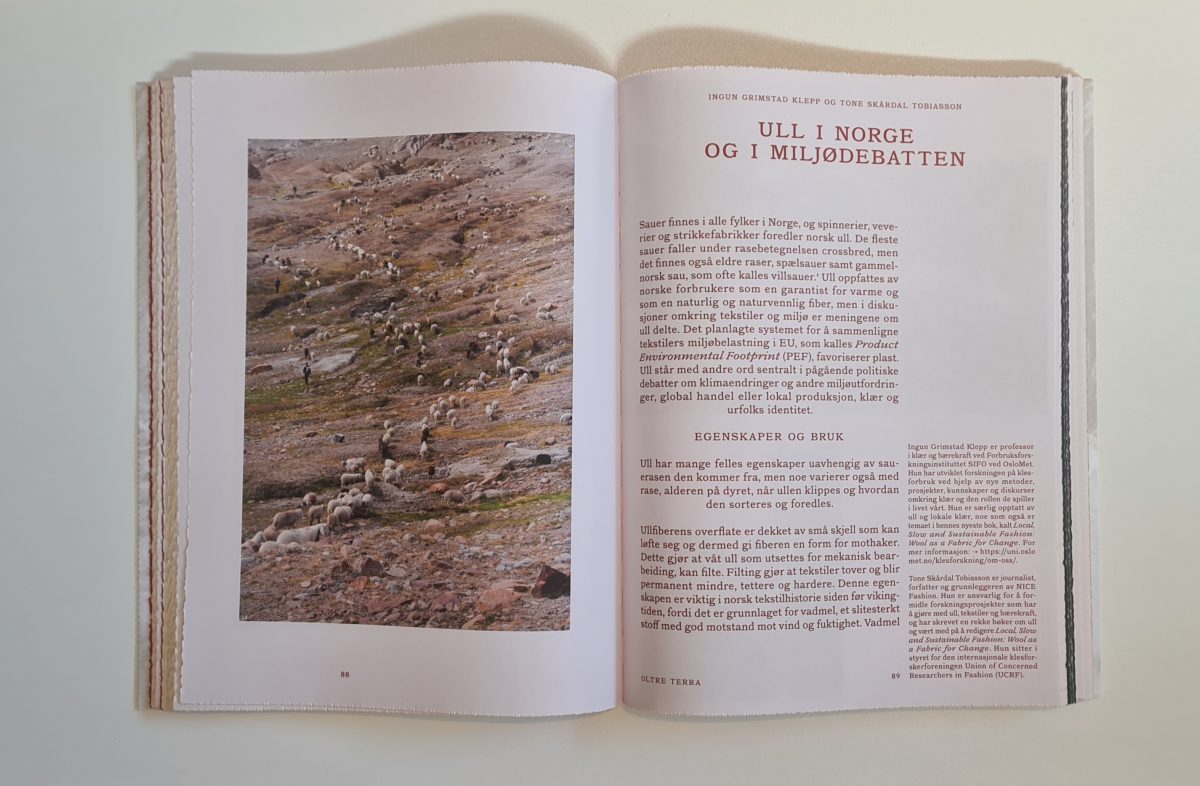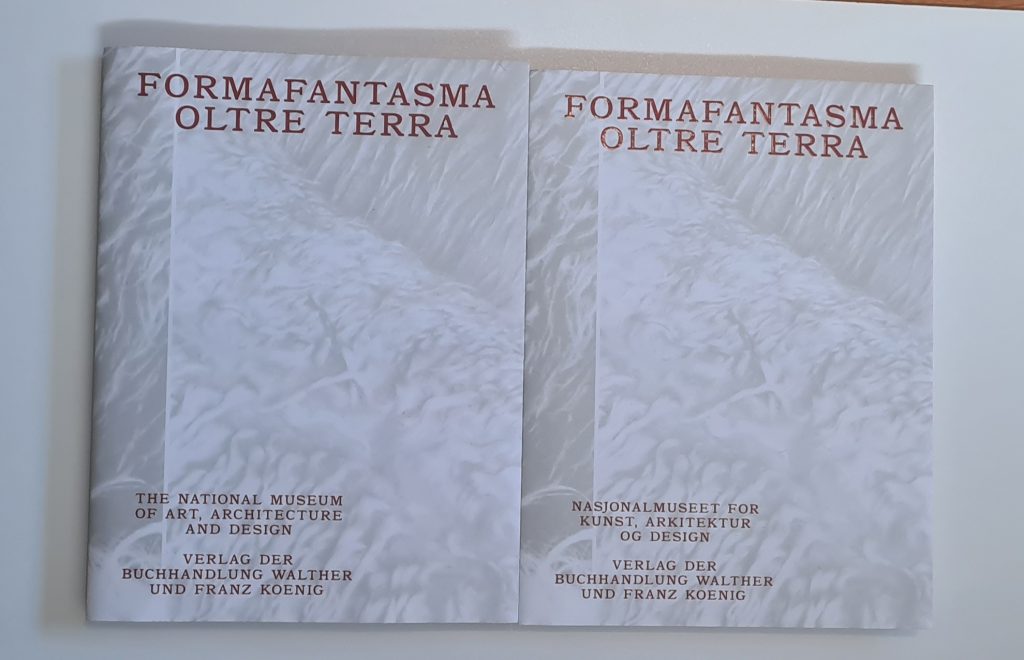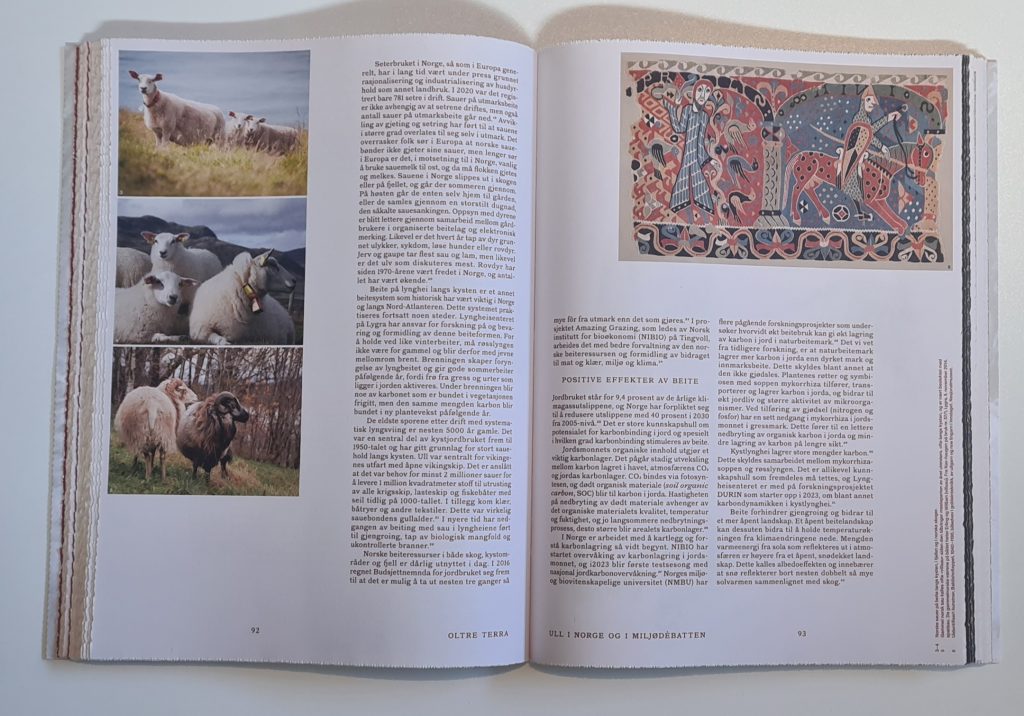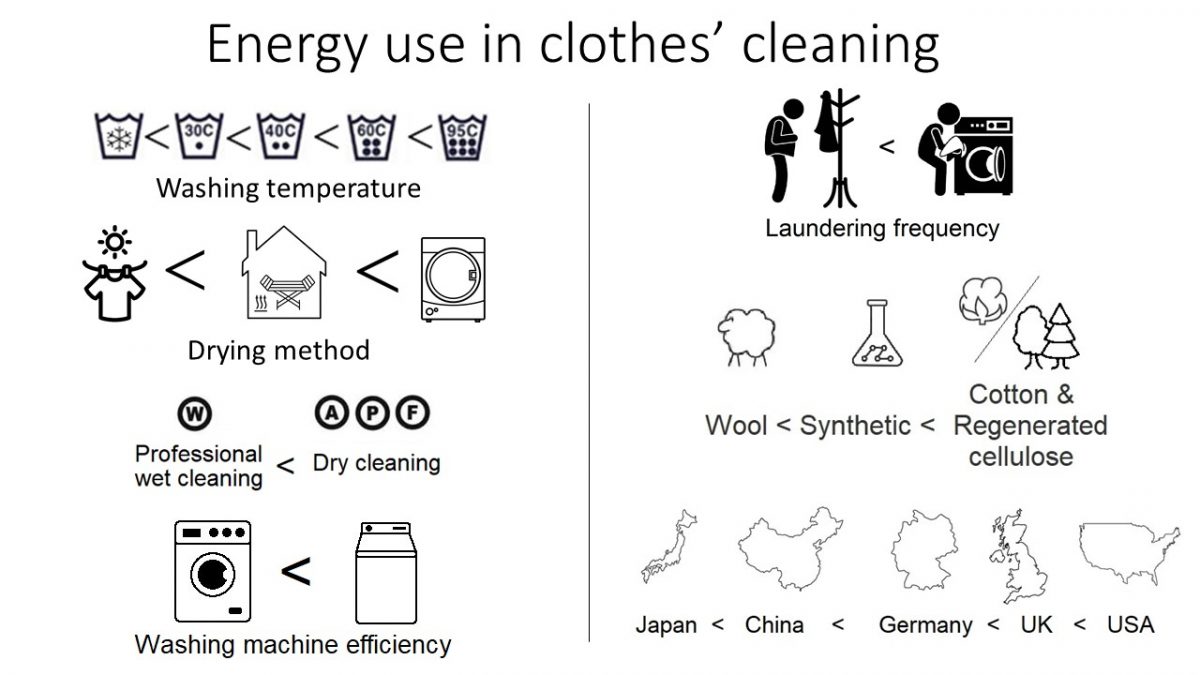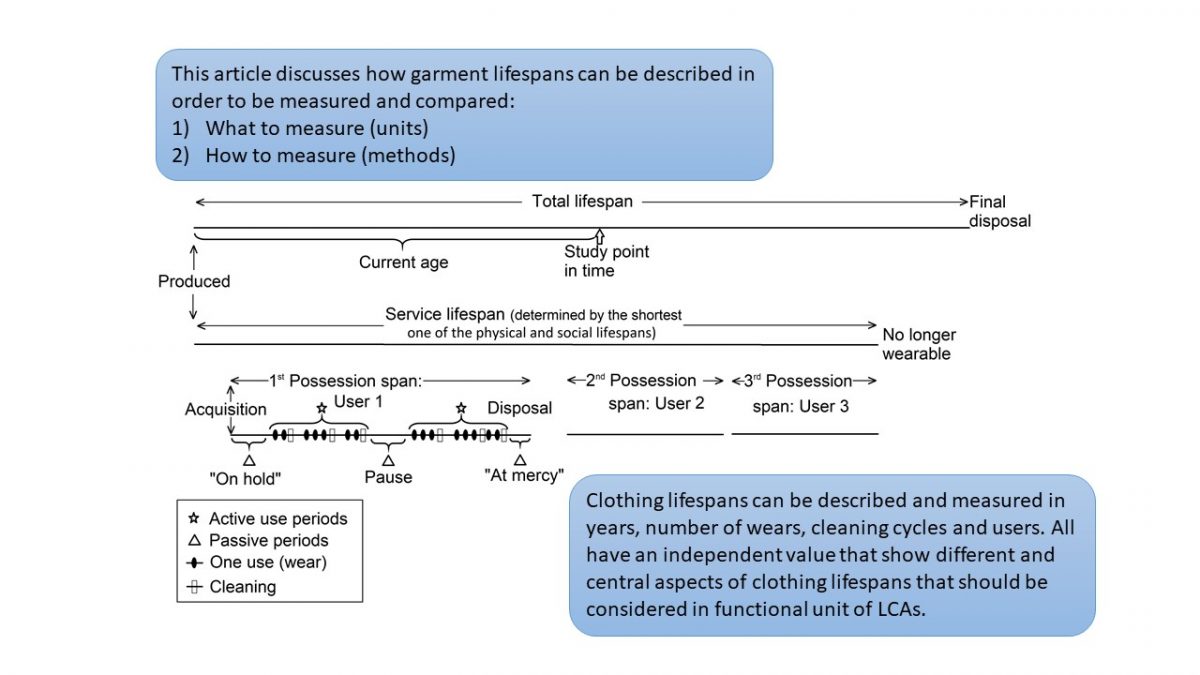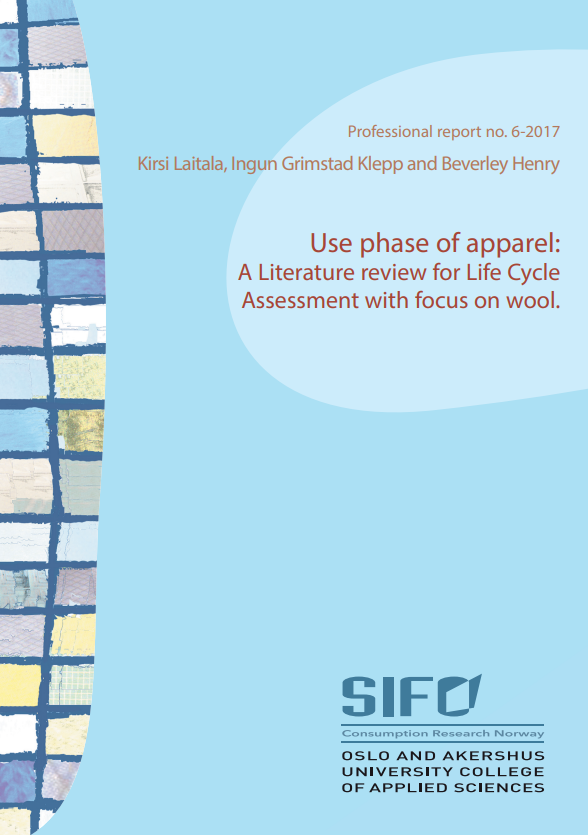Klesforsknings Kirsi rangert blant verdens mest siterte
I alt 22 forskere ved OsloMet er på Stanford universitetets prestisjetunge liste over de to prosent mest siterte i verden, og blant dem finner vi Klesforsknings Kirsi Laitala.
Prorektor Tanja Storsul var raskt ute med å gratulere samtlige 22, og SIFO sørget for å spre det glade budskap om Kirsi blant annet på LinkedIn hvor gratulasjonene strømmet inn.
– Å være blant de to prosent mest siterte i global sammenheng vitner om at de driver svært relevant forskning, og at de har stor innflytelse i det internasjonale fagmiljøet på sine felt, sa Tanja Storsul, og vi må si oss enige.
Kirsi Laitala er forsker II hos SIFO og har jobbet med tekstilforskning siden 2001. Hun har sivilingeniørutdanning fra Tammerfors Tekniske Universitet i Finland innen tekstil, fiber og konfeksjonsteknikk og PhD fra institutt for produktdesign ved NTNU fra 2014. Hun har forsket og publisert på områder knyttet til kleskvalitet, vedlikehold, sikkerhet, miljø, design, samt passform og størrelsesspørsmål. Vi finner hennes navn i flere av de dokumentene og studiene som EU har lagt til grunn for i Tekstilstrategien, og vi finner illustrasjonen fra Review of clothing disposal reasons med tredeling av avhendingsgrunner igjen i en Joint Research Center underlagsrapport for EUs politikk uten at den er kreditert!
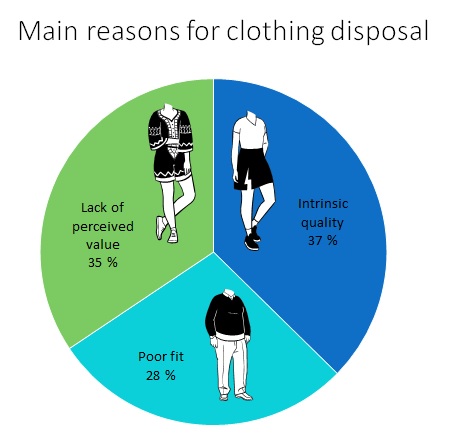
Rangeringen er et samarbeid mellom Stanford University og analyseselskapet Elsevier, og er basert på data hentet fra den globale databasen Scopus, hvor de har plukket ut de to prosentene av forskere i verden som har publisert mest og blitt sitert flest ganger.
– Det er jo en god følelse å vite at forskningen vi har publisert blir lest og brukt av andre forskere videre. Det er en bekreftelse at det vi holder på er relevant også for andre, og det er motiverende, sier Kirsi. – Klassifiseringssystemet gjør at det er ikke så lett å finne andre på sitt eget felt, så det er vanskelig å vite hvor mange andre klesforskere er på listen. Jeg var kategorisert innen tre kategorier: Energi, Markedsføring og «Enabling & Strategic Technologies», som jo ikke treffer så godt. Det finnes ingen egen kategori for klesforskning, men jeg spottet noen kjente navn, for eksempel Kirsi Niinimäki, og innen produktlevetid så fantes Tim Cooper. I tillegg er det en del samarbeidspartnere fra NTNU der.
Det er syvende gang listen er publisert. Den kan sees ved å følge denne lenken.

